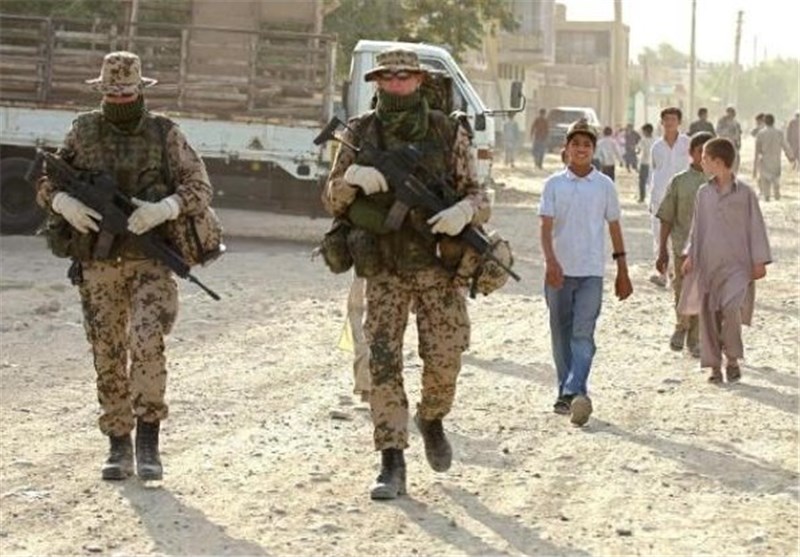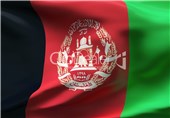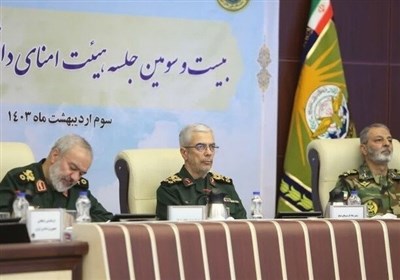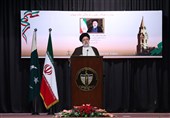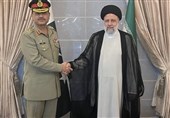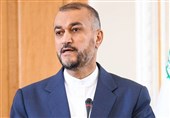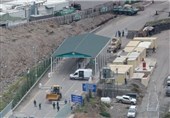NATO Risked Civilian Lives by Targeting Low-Level Taliban Fighters
TEHRAN (Tasnim) - Besides targeting top Taliban leaders, NATO forces in Afghanistan included low-ranking fighters and drug dealers on their list of “legitimate” targets, risking civilian lives in a wider airstrike campaign, Der Spiegel reported, citing Snowden archives.
Classified intelligence files from the NSA, GCHQ, and the International Security Assistance Force (ISAF) from the archive of whistleblower Edward Snowden, studied by Der Spiegel, include a list of the Western alliance’s “targeted killings” in Afghanistan. The material covers the period from 2009-2011, when US General Stanley McChrystal and then-General David Petraeus led operations during the beginning years of Obama’s presidency.
Contrary to the declared objective of winning the fight against the insurgency, the 'Kill List' – or Joint Prioritized Effects List, with names numbering at times as high as 750 – proves for the first time that NATO and US forces didn't just target Taliban leadership, but also eliminated mid- and lower-level members of the group on a large scale, according to Spiegel.
Other revelations show that when an operation could result in too many civilian casualties, ISAF headquarters in Kabul was contacted. However, bodyguards, drivers, and any other male attendants were considered enemy combatants; only women, children, and the elderly were treated as civilians.
"The rule of thumb was that when there was estimated collateral damage of up to 10 civilians, the ISAF commander in Kabul was to decide whether the risk was justifiable," an ISAF officer who worked with the list for years told Spiegel.
General Petraeus boasted to diplomats in Kabul in August 2010 that at least 365 insurgent commanders had been killed in just three months, marking an average of about four killings day, RT reported.
One document showed a not much understood expansion of the ‘War on Terror’ to include a ‘War on Drugs.’
An NSA document included a United Nations estimate that the Taliban was earning $300 million a year through the drug trade.
It went on to state that some narcotics traffickers were identified as active insurgent commanders directing fighting against the coalition, and that insurgents “could not be defeated without disrupting the narcotics trade.”
In October 2008, NATO defense ministers agreed that “narcotics trafficking networks were legitimate targets for ISAF forces, due to the traffickers’ ties to insurgency,” and traffickers would be added to the JEPL list and targeted in strikes.
Spiegel reported that there was a discussion about this within NATO, with German NATO General Egon Ramms declaring the order "illegal" and a violation of international law.
The power struggle within NATO finally led to a modification of the directive: targets related to drug production at least had to be investigated as individual cases.
